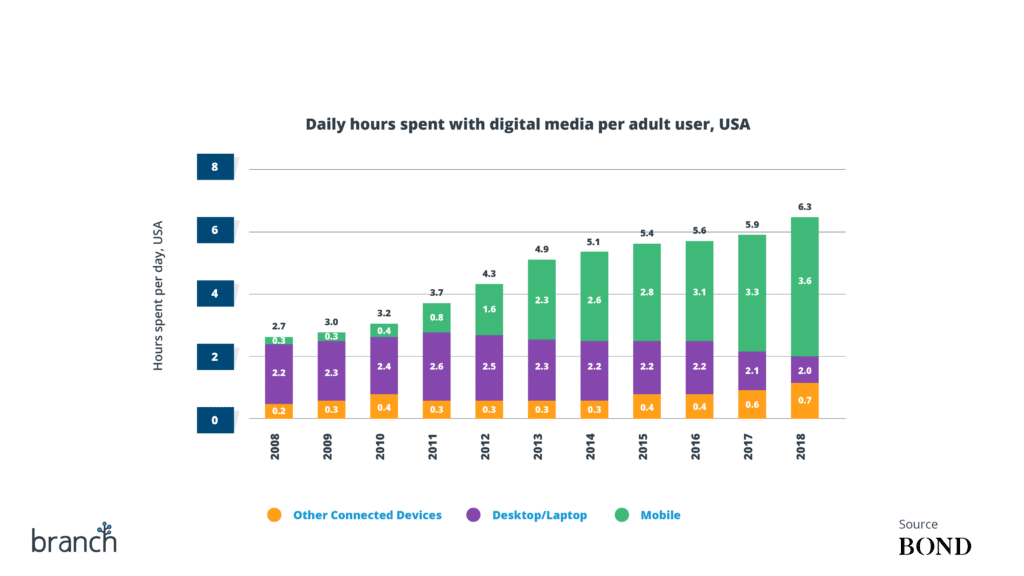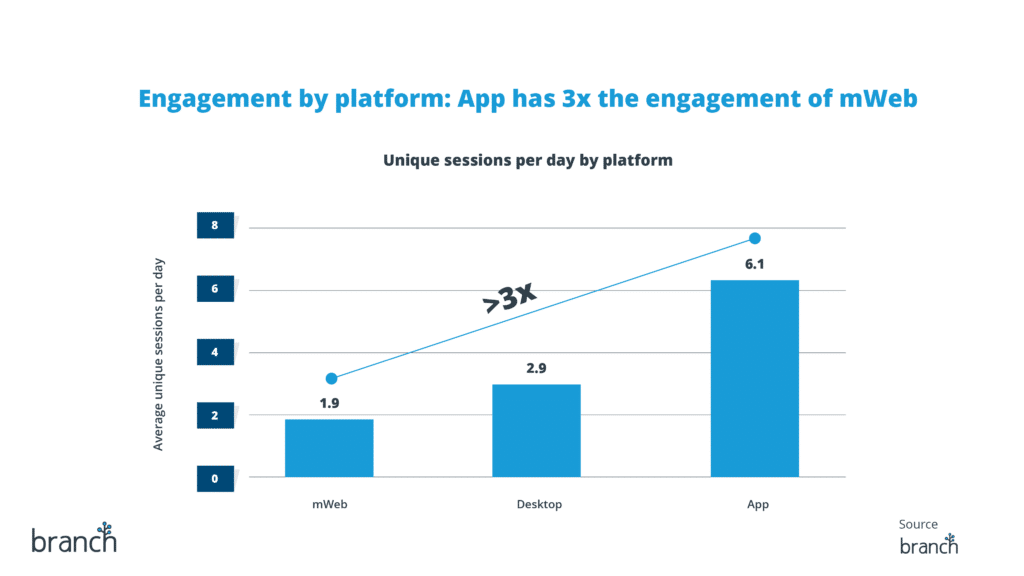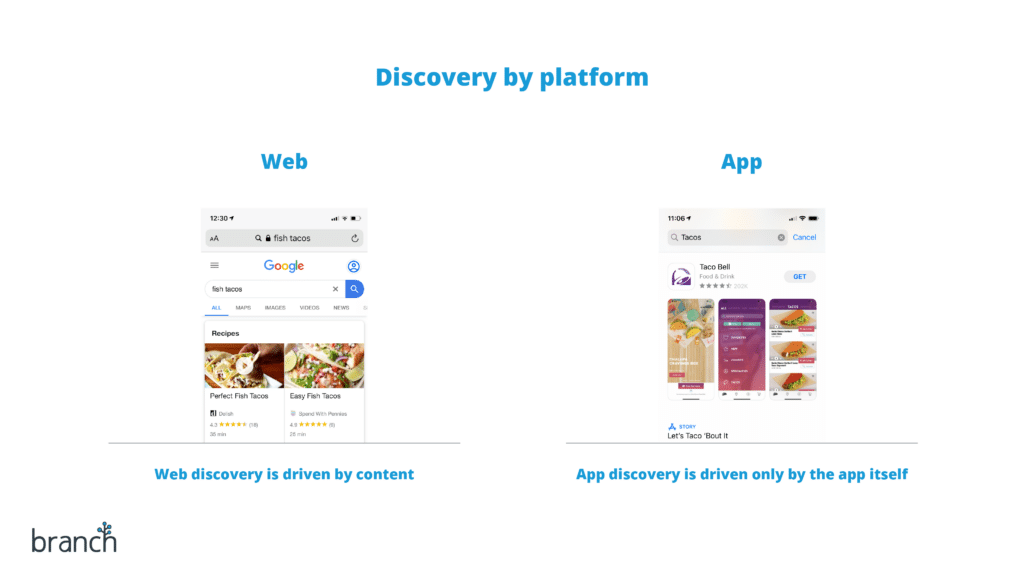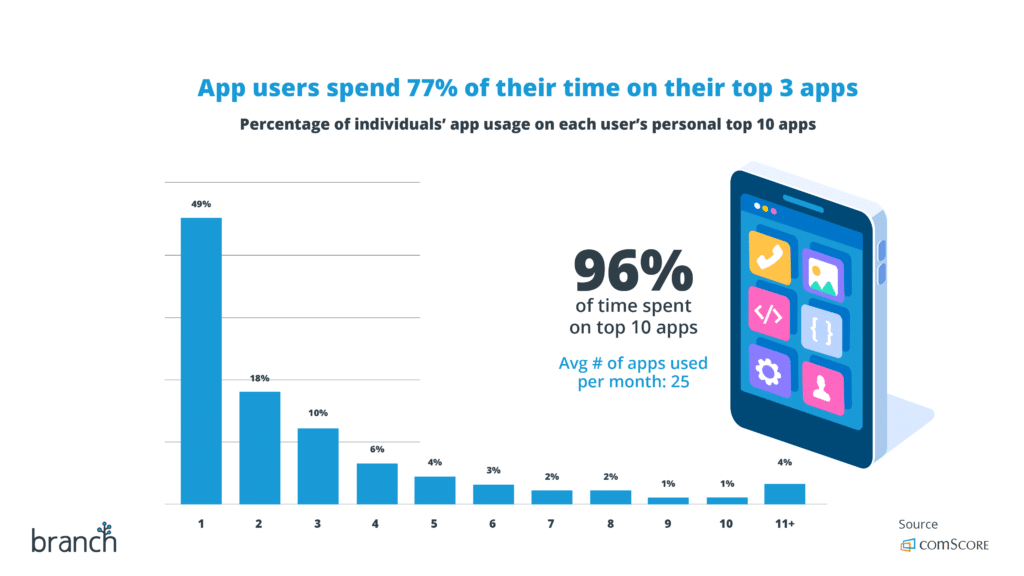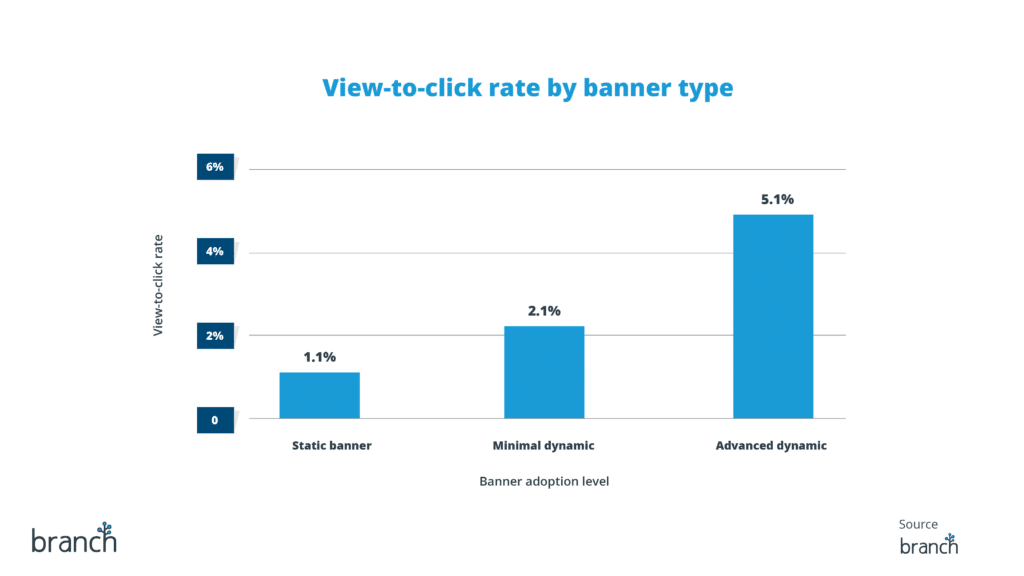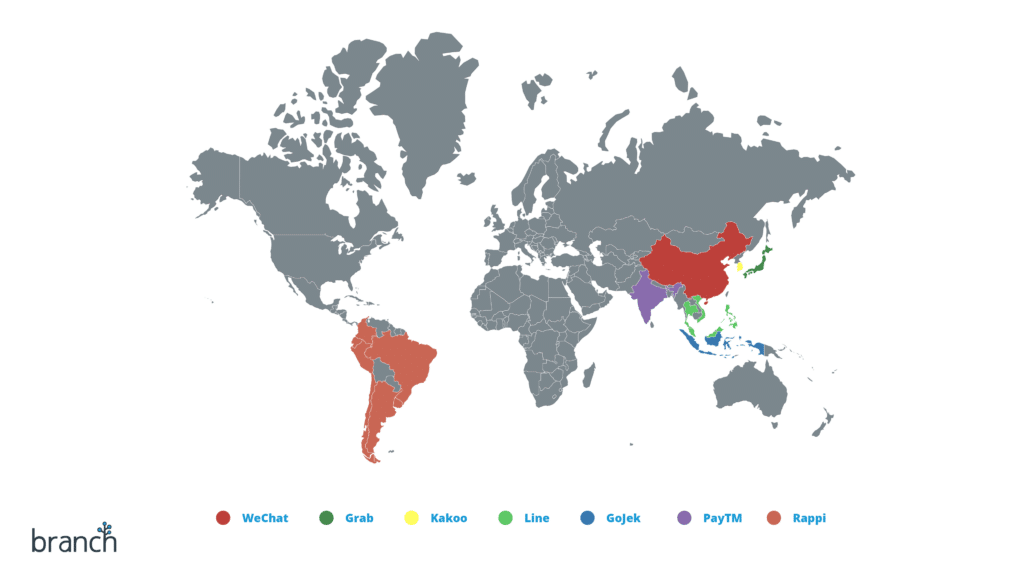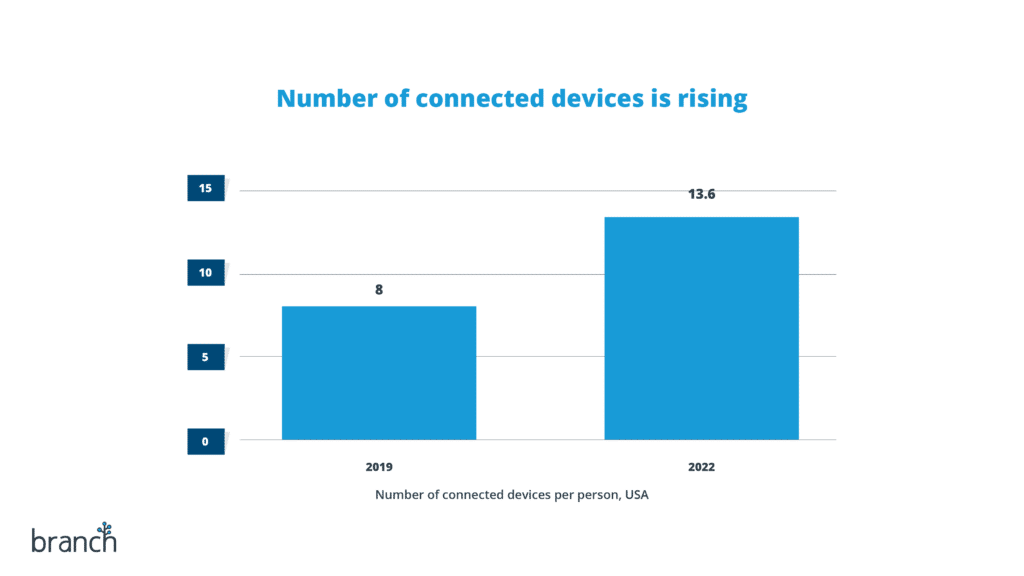Editor’s note: An abridged version of this blog post first appeared on CMO.com.
The CMO of yesterday — a creative, brand-driven executive — is on the verge of extinction. The role has evolved (and will continue to evolve) dramatically, requiring the CMOs of the next decade to be data-driven and ready to experiment and innovate.
Indeed, today’s CMOs who run successful campaigns, like Burger King’s Fernando Machado, look more like heads of innovation than traditional brand marketers. This change has been driven, and will continue to be driven, by strong trends in technology. We started seeing these trends in 2000 when, as Marc Andreessen said, software started eating the world, and marketing started shifting to digital. Then in 2016, Benedict Evans did a talk about mobile eating the world previously owned by desktop software.
Where does that leave us today, what are the trends for 2020, and what emerging technologies will shape the next decade of marketing? And more importantly, how should today’s CMOs prepare their strategy and organization for these trends entering the next decade?
Mobile has eaten the world and apps are the kings of our new realm.
As we look at the new world of 2020, mobile has completely transformed the way consumers buy, consume entertainment, date, and interact with their families and loved ones. U.S. adults spend more than half their digital media time on mobile devices — and in 2019, for the first time in history, adults spent more time on mobile-connected devices than watching TV. This gap will continue to widen over the next few years, and by 2021, you will see adults spending 3.54 hours per day on mobile devices vs. just 3.22 watching TV. But consuming media isn’t the whole story. The majority of e-commerce money is now spent on mobile, a trend that’s expected to grow to a total spend on mobile of $3.56 trillion by 2021, accounting for 72.9% of total eCommerce.
As we saw the mobile wave rising and engulfing our lives, a question used to arise: mobile websites or mobile apps? A few years ago there was still a debate. Google started making the case for a mobile world ruled by web, introducing things like AMP and Progressive Web Apps, but webpages on mobile could never quite give users the personalized, white-glove experiences apps could.
Apps, which somehow managed to create this close bond between a user and a brand that websites never quite could, emerged as the winner in mobile over the past few years. The numbers prove it: App users spend 20X more time with content than mobile web visitors, apps engage and convert 3X better than mobile websites, and apps get 16X more usage minutes per month than their mobile web counterparts.
For brands to remain competitive in 2020 and beyond, apps are no longer a nice-to-have — they’re a must. Creating seamless mobile experiences is at the core of any successful digital transformation. In fact, worldwide digital transformation technology spending is expected to total more than $7.4 trillion over the next four years — with apps being a key focus of investment.
The growth of mobile is great news for engagement teams and terrible news for marketing and acquisition teams.
While the rise of mobile sounds great — more usage, more money, more revenue, the truth is not quite as rosy as the global numbers might make it sound. As apps emerged as a preferred channel for many brands, marketers and CMOs began to realize that app discovery is broken and mobile app users are much harder to acquire than web users. The reason? While marketers can use web content to power and drive website discovery in both organic and paid channels, apps are unfortunately walled gardens. While this strategy has worked well for the ecosystem owners like Apple, it makes it nearly impossible for new mobile brands to get their apps discovered.
The sad result? Users spend most of their time within just a handful of top apps on their phones and discover very few new apps.
Video: Watch Mada deliver her 2020 Mobile Trends keynote presentation at Web Summit.
2020 Trend: CMOs will continue to focus on web discovery and on converting web users to app users.
In a mobile world where apps are kings, but app user acquisition is expensive, marketers have two choices: continue to spend more and more or use alternative means of user acquisition by converting social and web visitors into app users through campaigns like targeted and personalized web-to-app banners. I say targeted and personalized because Branch data revealed that the level of personalization of a banner has a huge effect on the view-to-click ratios. An advanced dynamic banner has almost 5X the view-to-click conversion rate of a static app banner.
2020 Trend: Fragmentation will continue to get worse.
Another trend we see continuing to rise in Mobile is fragmentation. When the internet was formed and websites emerged as the main way to get to places and do things, a standard emerged: the HTTP protocol. This worked because the web was a democratic platform, not something owned by one giant or another.
Mobile emerged differently. It started and continued to grow on platforms owned by one tech giant or another, all fighting to own a user’s time and creating moats and standards that only worked on their particular platform. The result was an incredibly fragmented ecosystem. Each mobile platform has its own way of organizing and building apps — and the way of accessing content on one platform can be vastly different than the way to access that same content on another platform. What makes it worse, is that even on top of these closed ecosystems like iOS and Android, others are trying to create their own closed ecosystems within super apps like Facebook, Snapchat, WeChat, Rappi, GoJek, and many others.
What does all of this mean for brands? In order to acquire a new user, they can no longer just have a website. Brands now need to have a presence on Android, iOS, social platforms, local super apps, and new emerging mobile platforms. And that fragmentation is only increasing. Every large app is now trying to create its own app store in an ultimate fight for users’ time. Wechat has already reached 1M mini-programs (the apps built on top of WeChat), Amazon is launching an app store for Alexa, Google is launching one for Android TV, and the list goes on.
2020 Trend: AR is rising and new app stores will continue to emerge.
As the mobile ecosystem continues to grow and evolve, a trend that will continue to emerge and solidify in 2020 is that mobile is no longer, and will no longer be solely tied to your mobile device. We see cars, TVs, homes, and other connected devices launching app stores and becoming a big part of the mobile experience.
The biggest shift in 2020: AR will make a big push as Apple and Facebook are rumored to finally announce the launch of their AR glasses. You think the iPhone changed our lives? Imagine if these devices that have been in development for years (and costing these companies billions in R&D budget) become mainstream. Our lives — and our marketing — will become significantly different. Imagine getting product information as you look at a product in-store, or being able to change the color of your sweater for everyone who is wearing these glasses, or being able to serve ads in real-time with a highlighter route to your restaurant when someone is looking for Tacos. My advice to CMOs? As AR rises, keep an eye on it. Try to take advantage of being an early mover in 2020 or 2021 as it moves to the mainstream.
2020 Trend: Identity resolution will become a focus.
As fragmentation grows, and new app stores and devices come online in 2020, it will become even more challenging for marketers to give users a continuous and consistent experience across these devices. The next generation of CMOs will need to use an identity resolution service to help them understand when they are seeing the same users interact with their brand across browsers, devices, and apps, in a privacy friendly way.
At Branch, we created our own version of this, a predictive modeling algorithm, that helps top brands around the world like Airbnb, Ticketmaster, Reddit, Buzzfeed, Twitch, OfferUp, and QVC create these seamless experiences. What happens if you miss this? Your users may end up leaving you.
To summarize, as you look to 2020 I have four big pieces of advice:
- Build your brand fortress: maybe your website or mobile app, and use all the other closed systems or platforms to get users — but ultimately bring them back to a place where YOU fully own the experience.
- As acquisition grows harder in mobile, make sure you focus on experience and engagement. Mobile apps are a great way to retain and engage the users, but acquiring users on the web and then converting them into the app might bring much higher ROI than acquiring app installs.
- Look out for new app stores and platforms. As new platforms emerge, there is a leverage play to be made as they will promote you and your brand to gain traction — ads will be cheaper and you will be able to get cheaper users or engagement. However, don’t forget number 1: use these platforms to get new users, but always find a way to bring them back to your fortress.
- Use an identity resolution platform to better understand your users, and make sure that it’s privacy-friendly.























